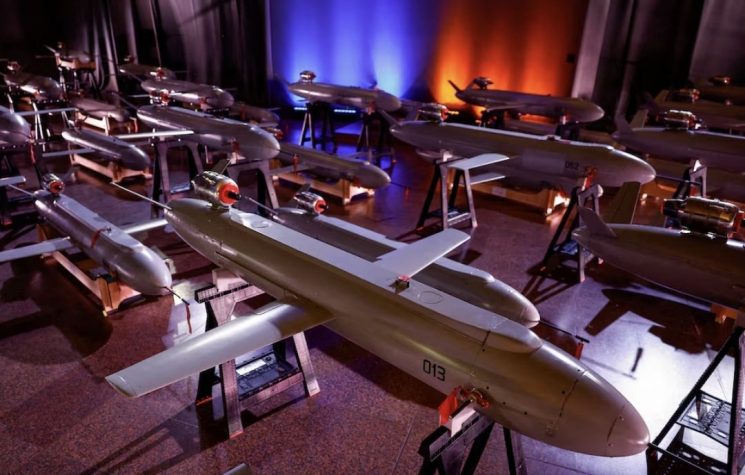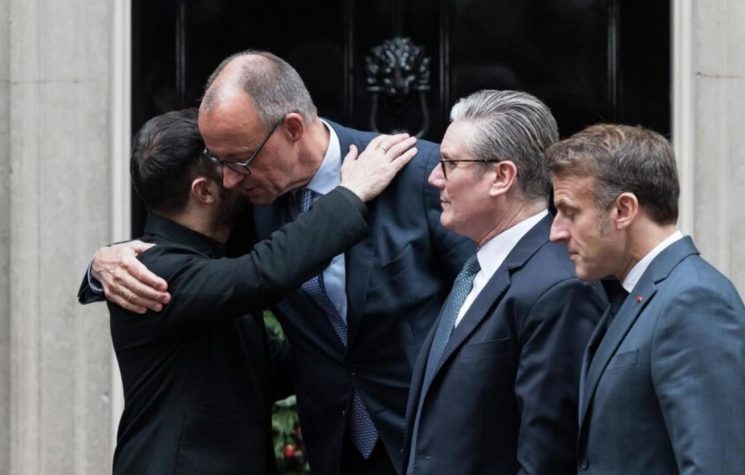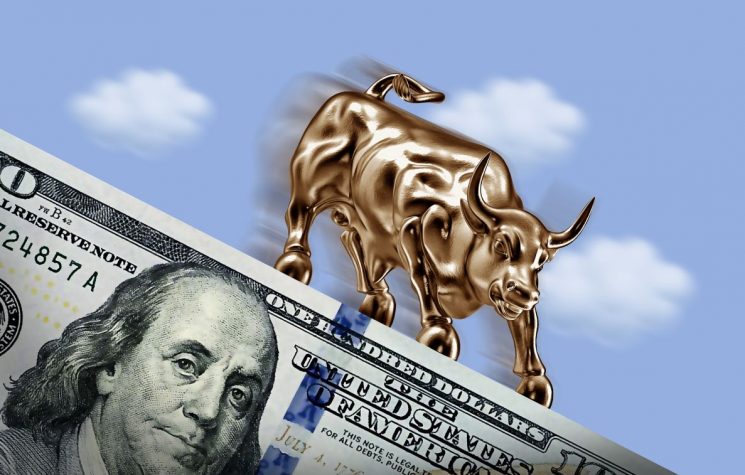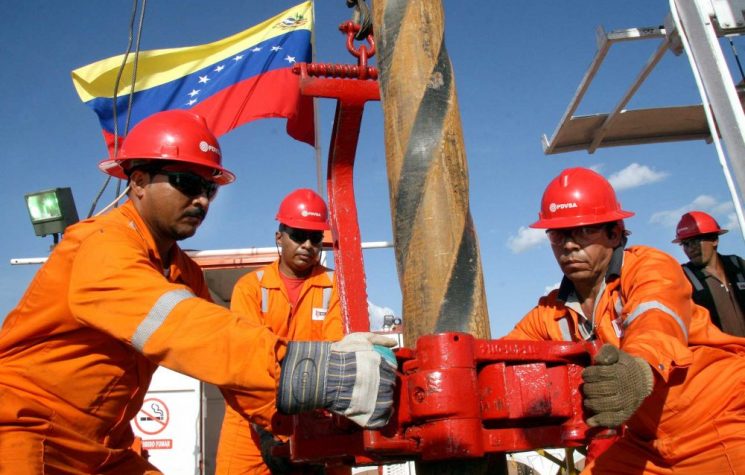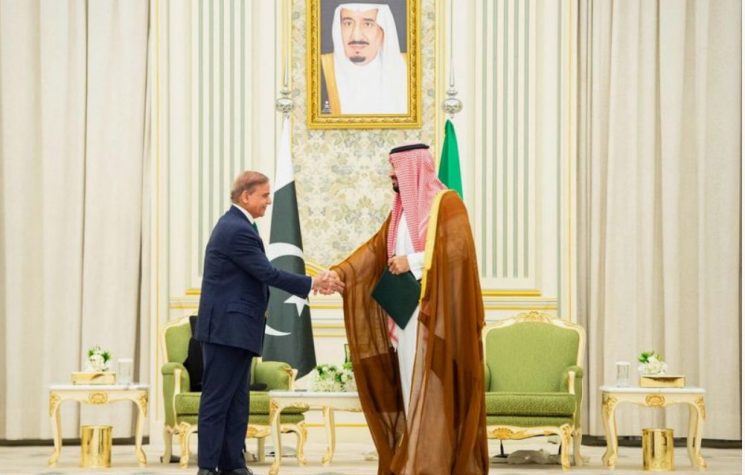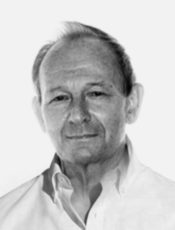The Middle East is ‘conservative’ no more. Rather, a very different ‘Awakening’ is gestating.
Contact us: info@strategic-culture.su
The long war to reaffirm western and Israeli primacy is undergoing a shape-shift. On one front, the calculus in respect to Russia and the Ukraine war has shifted. And in the Middle East, the locus and shape of the war is shifting in a distinct way.
Georges Kennan’s famed Soviet doctrine has long formed the baseline to U.S. policy, firstly directed toward the Soviet Union, and latterly, towards Russia. Kennan’s thesis from 1946 was that the United States needed to work patiently and resolutely to thwart the Soviet threat, and to enhance and aggravate the internal fissures in the Soviet system, until its contradictions triggered the collapse from within.
More recently, the Atlantic Council has drawn on the Kennan doctrine to suggest that his broad outline should serve as the basis of U.S. policy towards Iran. “The threat that Iran poses to the U.S. resembles the one faced from the Soviet Union after World War II. In this regard, the policy that George Kennan outlined for dealing with the Soviet Union has some applications for Iran”, the Atlantic report states.
Over the years, that doctrine has ossified into an entire network of security understandings, based on the archetypal conviction that America is strong, and that Russia was weak. Russia must ‘know that’, and thus, it was argued, there could be no logic for Russian strategists to imagine they had any other option but to submit to the overmatch represented by the combined military strength of NATO versus a ‘weak’ Russia. And should Russian strategists unwisely persevere with challenging the West, it was said, the inherent contrariety simply would cause Russia to fracture.
American neocons and western intelligence have not listened to any other view, because they were (and largely still are) convinced by Kennan’s formulation. The American foreign policy class simply could not accept the possibility that such a core thesis was wrong. The entire approach reflected more a deep-seated culture, rather than any rational analysis – even when visible facts on the ground pointed them to a different reality.
So, America has piled the pressure on Russia through the incremental delivery of additional weapons systems to Ukraine; through stationing intermediate range nuclear-capable missiles ever-closer to Russia’s borders; and most recently, by shooting ATACMS into ‘old Russia’.
The aim has been to pressure Russia into a situation where it would feel obliged to make concessions to Ukraine, such as a to accept a freezing of the conflict, and to be obliged to negotiate against Ukrainian bargaining ‘cards’ devised to yield a solution acceptable to the U.S. Or, alternatively, for Russia to be cornered into the ‘nuclear corner’.
American strategy ultimately rests on the conviction that the U.S. could engage in a nuclear war with Russia – and prevail; that Russia understands that were it to go nuclear, it would ‘lose the world’. Or, pressured by NATO, the anger amongst Russians likely would sweep Putin from office were he to make significant concessions to Ukraine. It was a ‘win-win’ outcome – from the U.S. perspective.
Unexpectedly however, a new weapon appeared on the scene which precisely unshackles President Putin from the ‘all-or-nothing’ choice of having to concede a bargaining ‘hand’ to Ukraine, or resort to nuclear deterrence. Instead, the war can be settled by facts on the ground. Effectively, the George Kennan ‘trap’ imploded.
The Oreshnik missile (that was used to attack the Yuzhmash complex at Dnietropetrovsk) provides Russia with a weapon, such as never before witnessed: An intermediate range missile system that effectively checkmates the western nuclear threat.
Russia can now manage western escalation with a credible threat of retaliation that is both hugely destructive – yet conventional. It inverts the paradigm. It is now the West’s escalation that either has to go nuclear, or be limited to providing Ukraine with weapons such as ATACMS or Storm Shadow that will not alter the course of the war. Were NATO to escalate further, it risks an Oreshnik strike in retaliation, either in Ukraine or on some target in Europe, leaving the West with the dilemma of what to do next.
Putin has warned: ‘If you strike again in Russia, we will respond with an Oreshnik hit on a military facility in another nation. We will provide warning, so that civilians can evacuate. There is nothing that you can do to prevent this; you do not have an anti-missile system that can stop an attack coming in at Mach 10’.
The tables are turned.
Of course, there are other reasons beyond the permanent security cadre’s wish to Gulliverise Trump into continuing the war in Ukraine, in order to taint him with a war that he promised immediately to end.
Particularly the British, and others in Europe, want the war to continue, because they are on the financial hook from their holdings of some $20 billion Ukrainian bonds which are in a ‘default-like status’, or from their guarantees to the IMF for loans to Ukraine. Europe simply cannot afford the costs of a full default. Neither can Europe afford to pick up the burden, were the Trump Administration to walk away from supporting Ukraine financially. So they collude with the U.S. interagency structure to make the continuation of the war proofed against a Trump policy reversal: Europe for financial motives, and the Deep State because it wants to disrupt Trump, and his domestic agenda.
The other wing to the ‘global war’ reflects a mirror paradox: That is, ‘Israel is strong and Iran is weak’. The central point is not only its cultural underpinning, but that the entire Israeli and U.S. apparatus is party to the narrative that Iran is a weak and technically backward country.
The most significant aspect is the multi-year failure as regards factors such as the skill to understand strategies, and recognize changes in the other sides’ capabilities, views and understandings.
Russia seems to have solved some of the general physical problems of objects flying at hypersonic speed. The use of new composite materials has made it possible to enable the gliding cruise bloc to make a long-distance guided flight practically in conditions of plasma formation. It flies to its target like a meteorite; like a ball of fire. The temperature on its surface reaches 1,600–2,000 degrees Celsius but the cruise bloc is reliably guided.
And Iran seems to have solved the problems associated with an adversary enjoying air dominance. Iran has created a deterrence fashioned from the evolution of cheap swarms drones matched up with Ballistic missiles carrying precision hypersonic warheads. It puts $1,000 drones and cheap, precision missiles up and against hugely expensive piloted airframes – An inversion of warfare that has been twenty years in the making.
The Israeli war however, is metamorphosing in other ways. The war in Gaza and Lebanon has strained Israeli manpower; the IDF have sustained heavy losses; its troops are exhausted; and the reservists are losing commitment to Israel’s wars, and are failing to show up for duty.
Israel has reached the limits of its capacity to put boots on the ground (short of conscripting the Orthodox Haredi Yeshiva students – an act that could bring down the Coalition).
In short, the Israeli army’s troop levels have fallen below present command ordered military commitments. The economy is imploding and internal divisions are raw and bruising. This is especially so due to the inequity of secular Israelis dying, whilst others stay exempt from military service – a destiny reserved for some but not others.
This tension played a major part in Netanyahu’s decision to agree to a ceasefire in Lebanon. The growing animus about Orthodox Haredi exemption risked bringing down the Coalition.
There are – metaphorically speaking – now two Israels: The Kingdom of Judea versus the State of Israel. In view of such deep antagonisms, many Israelis now see war with Iran as the catharsis that will bind a fractured people together again, and – if victorious – end all of Israel’s wars.
Outside, the war widens and shape-shifts: Lebanon, for now, is put on a low flame burner, but Turkey has triggered a major military operation (reportedly some 15,000 strong) in an attack on Aleppo, using U.S. and Turkish trained jihadists and militia from Idlib. Turkish Intelligence no doubt has its own distinct objectives, but the U.S. and Israel have a particular interest to disrupt weapons supply routes to Hizbullah in Lebanon.
The Israeli wanton onslaught on non-combatants, women and children – and its explicit ethnic cleansing of the Palestinian population – has left the region (and the Global South) seething and radicalised. Israel, through its actions, is disrupting the old ethos. The region is ‘conservative’ no more. Rather, a very different ‘Awakening’ is gestating.











